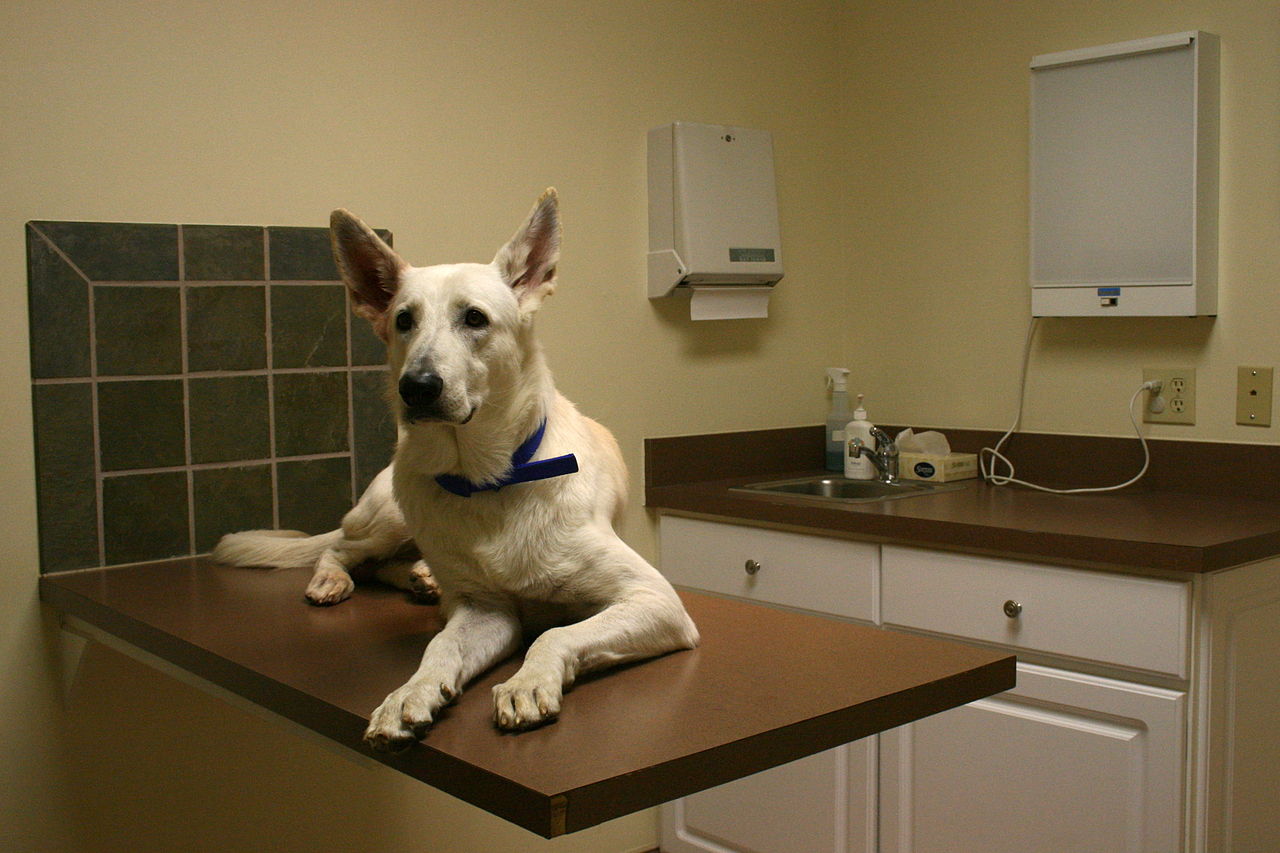Dogs have tonsils just as we humans do, two, one on each side at the back of the throat. Tonsils are part of the body’s lymph system and are a catch-all for infection.
Tonsils serve to protect the body against bacteria and viruses and can become inflamed and/or infected causing tonsillitis. When this happens, tonsils are visible and can be seen out of the pockets the normally sit within. While tonsillitis does not occur often in dogs, it is more common in small breeds.
Causes of tonsillitis can be fungal, bacterial or viral infections in gums, teeth or other parts of the mouth, poor dental hygiene creating a buildup of bacteria in the mouth. Chronic vomiting and coughing can irritate the throat. Dogs licking an infected anal area can transfer germs to the mouth. Infection can occur when chewing on a stick causing splinters to become lodged in the throat.
Symptoms of tonsillitis may be excessive drooling and lip licking, coughing, difficulty swallowing, inappetance although hungry, lethargy, pawing the mouth. Some dogs run a fever.
Tonsillitis in dogs is treated by finding the cause of the infection and treating it. Antibiotics are usually prescribed to treat the infection.
Your pet can develop a simple sore throat with the more serious infection called strep throat, (caused by a streptococcal bacteria), but can be a carrier. Even if your pet is not affected by the infection, s/he can transmit strep to humans. If someone in your household has strep throat, your pet should be treated with antibiotics as well to prevent spread of the infection.
Removal of tonsils is not recommended unless tonsillitis is chronic or is unresponsive to treatment.



